PDF-WIDE COURSE CONTENT SUMMARY
Author : joy | Published Date : 2021-10-03
Revised 821NOVACOLLEGEITD 256ADVANCED DATABASE MANAGEMENT 3CRCourse DescriptionFocuses indepth instruction in the handling of critical tasks of planning and implementing
Presentation Embed Code
Download Presentation
Download Presentation The PPT/PDF document "WIDE COURSE CONTENT SUMMARY" is the property of its rightful owner. Permission is granted to download and print the materials on this website for personal, non-commercial use only, and to display it on your personal computer provided you do not modify the materials and that you retain all copyright notices contained in the materials. By downloading content from our website, you accept the terms of this agreement.
WIDE COURSE CONTENT SUMMARY: Transcript
Download Rules Of Document
"WIDE COURSE CONTENT SUMMARY"The content belongs to its owner. You may download and print it for personal use, without modification, and keep all copyright notices. By downloading, you agree to these terms.
Related Documents


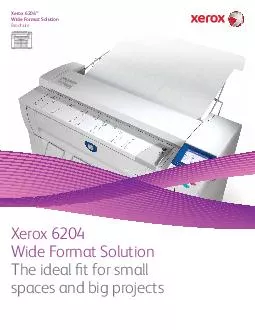
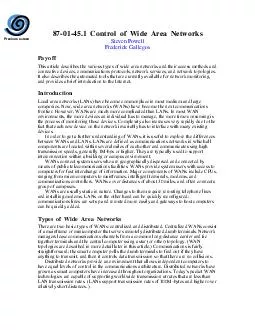


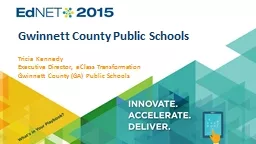
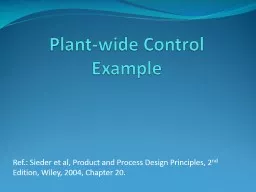




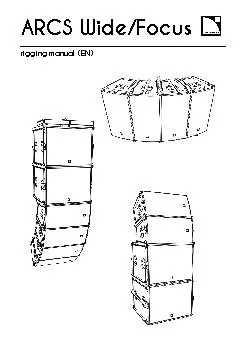
![[READ] - Wide Ruled Composition Notebook Unicorn: Wide Rule Notebook and 110 Wide Ruled](https://thumbs.docslides.com/903559/read-wide-ruled-composition-notebook-unicorn-wide-rule-notebook-and-110-wide-ruled-pages.jpg)
![[READ] - Wide Ruled Composition Notebook Unicorn: Wide Rule Notebook and 110 Wide Ruled](https://thumbs.docslides.com/905481/read-wide-ruled-composition-notebook-unicorn-wide-rule-notebook-and-110-wide-ruled-pages-61bf5266ce828.jpg)